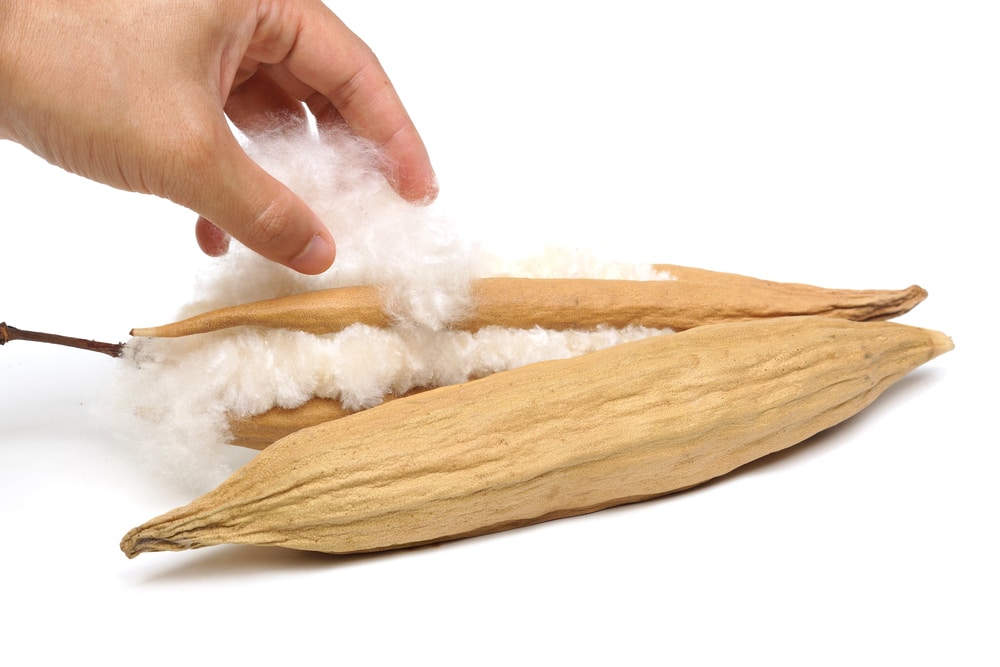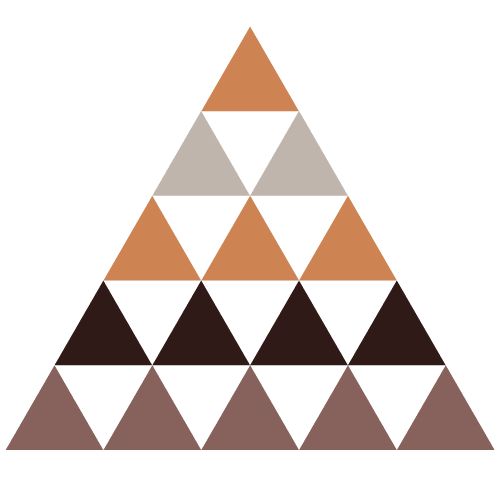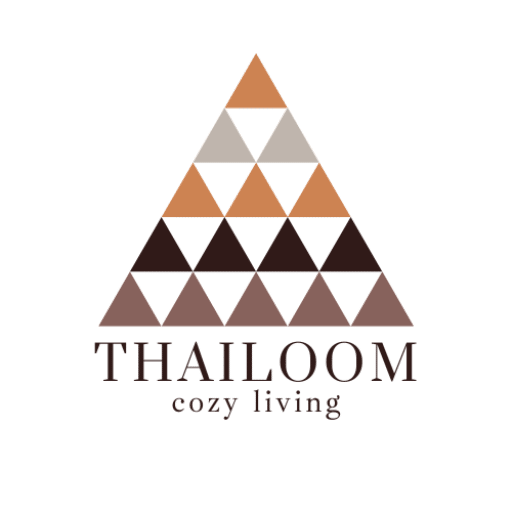Kapok is a fascinating natural fiber with a long history of use in various cultures, particularly in Asia. Known for its unique properties and versatility, kapok is becoming an increasingly popular choice for eco-conscious consumers seeking sustainable and comfortable materials. In this article, we’ll explore what kapok is, how it’s used, and why it’s a superior alternative to synthetic and other natural materials.
What is Kapok Filling Made Of?

Kapok comes from the seed pods of the kapok tree (Ceiba pentandra), a towering tropical tree that can grow up to 80 meters tall. The seed pods contain fluffy, silky fibers that act as a natural insulator for the seeds. These fibers are harvested, cleaned, and processed to be used as filling for cushions, mattresses, and pillows.
Kapok is completely natural, biodegradable, and free from harmful chemicals or synthetic additives. Its lightweight and airy texture makes it an excellent choice for products requiring soft yet supportive filling.
Is Kapok the Same as Cotton?
While kapok and cotton may appear similar, they are fundamentally different in their properties and uses.
| Feature | Kapok | Cotton | Synthetic Fibers |
|---|---|---|---|
| Source | Seed fibers from the kapok tree | Plant fibers from the cotton plant | Petroleum-based |
| Texture | Silky, lightweight, airy | Soft, denser | Varies (can be dense or coarse) |
| Eco-Friendliness | 100% biodegradable and pesticide-free | Requires heavy water and pesticide use | Non-biodegradable and harmful to the environment |
| Moisture Resistance | Naturally moisture-resistant | Absorbs moisture | Varies, often retains moisture |
| Weight | Extremely lightweight | Heavier than kapok | Often heavier |
| Applications | Filling for cushions, mattresses, and pillows | Textiles, clothing, and bedding | Wide range, including furniture and packaging |
Kapok stands out for its lightweight, water-repellent, and eco-friendly properties, making it an excellent filling material for cushions and mattresses. Unlike cotton, kapok does not require intensive farming practices, making it a more sustainable option.
Is Kapok a Good Material?
Kapok is considered one of the best natural materials for several reasons:
- Eco-Friendly:
Kapok is harvested sustainably from the kapok tree without the need for cutting or damaging the tree. The fibers are biodegradable, making them a great choice for those seeking environmentally friendly alternatives to synthetic materials. - Moisture Resistance:
Kapok fibers are coated with a natural wax-like substance, making them naturally water-resistant. This property helps keep cushions and mattresses fresh and free from dampness, even in humid conditions. - Lightweight and Breathable:
Kapok is one of the lightest natural fibers, making it ideal for products that require easy portability. Its airy structure also allows for excellent breathability, ensuring a cool and comfortable experience. - Hypoallergenic:
Kapok is naturally resistant to dust mites, mold, and mildew, making it an excellent choice for allergy sufferers. - Durable:
Despite its light weight, kapok retains its shape over time, offering long-lasting support in pillows and cushions.
What Does Kapok Mean in Thai?
In Thai, kapok is referred to as ต้นงิ้ว (Ton Ngiew), which directly translates to the kapok tree. The tree has cultural significance in Thailand, where it is often associated with resilience due to its towering height and ability to thrive in tropical climates. The fibers, known for their softness and buoyancy, have been traditionally used in Thai homes for creating cushions and mattresses.
The Advantages of Kapok Over Other Materials
Kapok’s unique properties make it a superior filling material for many applications. Here’s why:
- Environmentally Sustainable: Unlike synthetic materials, kapok has a low environmental impact. Its harvesting process is non-invasive, allowing the trees to continue thriving.
- Comfort and Support: The silky fibers of kapok create a soft yet supportive feel, making it perfect for products like cushions and mattresses.
- Chemical-Free: Kapok is naturally grown without the need for pesticides or fertilizers, ensuring a toxin-free product.
Common Uses of Kapok
Kapok is incredibly versatile and has been used in various industries for decades. Some common applications include:
- Cushions and Mattresses: Kapok’s lightweight and supportive properties make it ideal for seating and sleeping products.
- Pillows: Kapok pillows are prized for their hypoallergenic qualities and moisture resistance.
- Insulation: The natural fibers provide excellent thermal insulation, making kapok a sustainable choice for eco-friendly construction materials.
- Life Jackets: Due to its buoyancy, kapok has been used in life jackets and flotation devices.
Caring for Kapok Products
Kapok products are easy to maintain and have a long lifespan if cared for properly:
- Spot Cleaning: Use a damp cloth to clean any stains on the fabric covers.
- Air Out Regularly: Place your kapok-filled items in the sun occasionally to maintain freshness.
- Avoid Excessive Moisture: While kapok is moisture-resistant, prolonged exposure to water can damage the fibers.
Why Choose Kapok for Your Home?
Kapok offers a sustainable, comfortable, and durable alternative to traditional materials. Whether you’re looking for a filling material for cushions, mattresses, or pillows, kapok stands out as a superior choice. Its eco-friendly properties and cultural significance make it a meaningful addition to any home.
By choosing kapok, you’re not just enhancing your comfort—you’re supporting sustainable practices and contributing to a healthier planet.
Explore our collection of kapok-filled products today and experience the difference for yourself!

